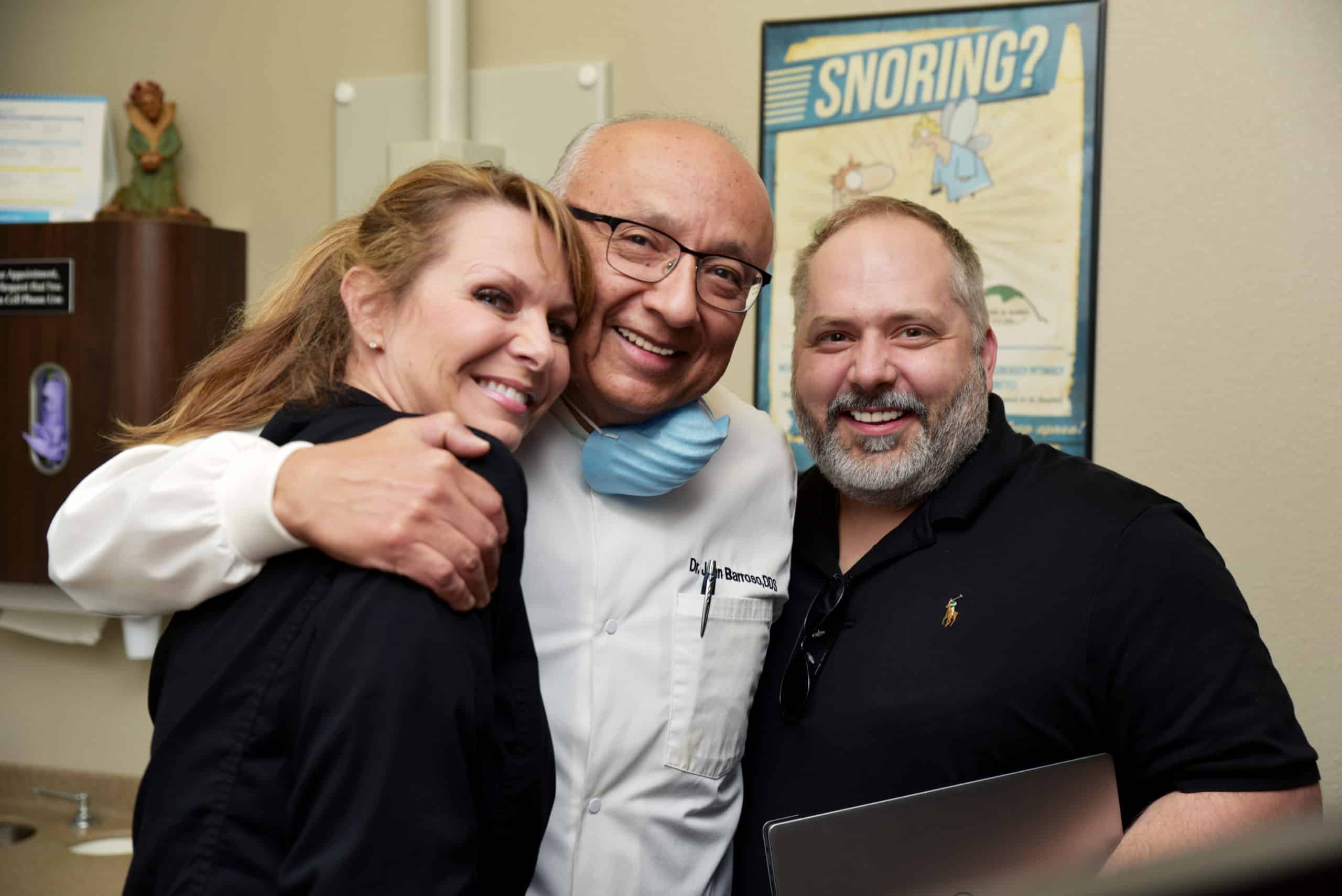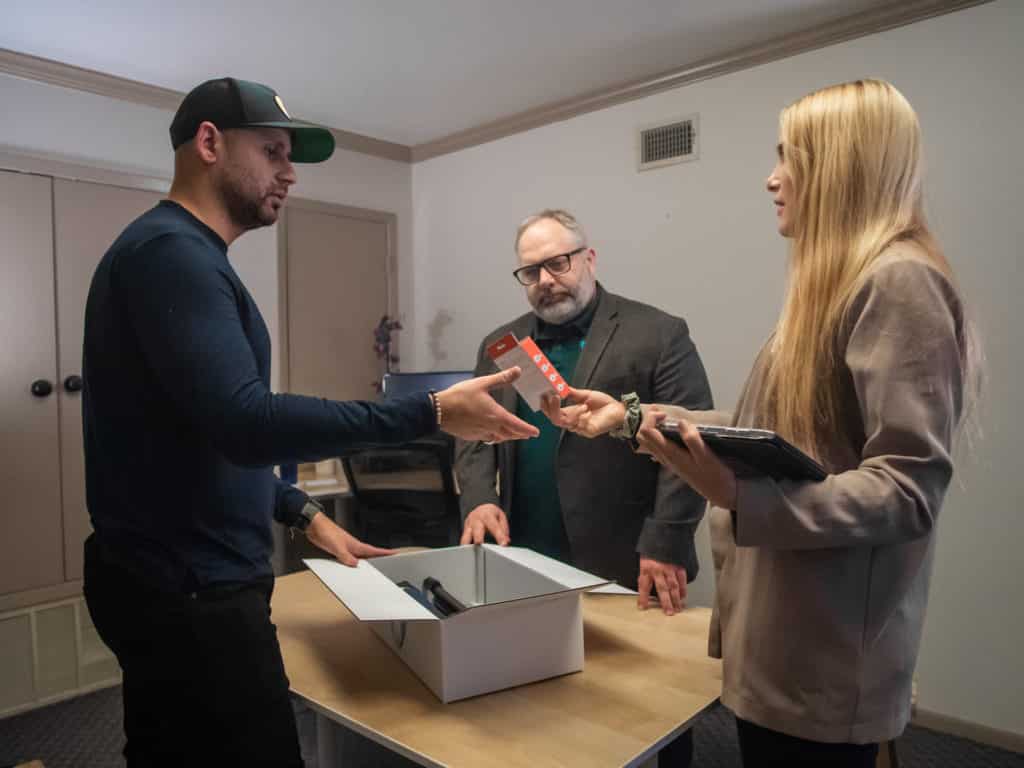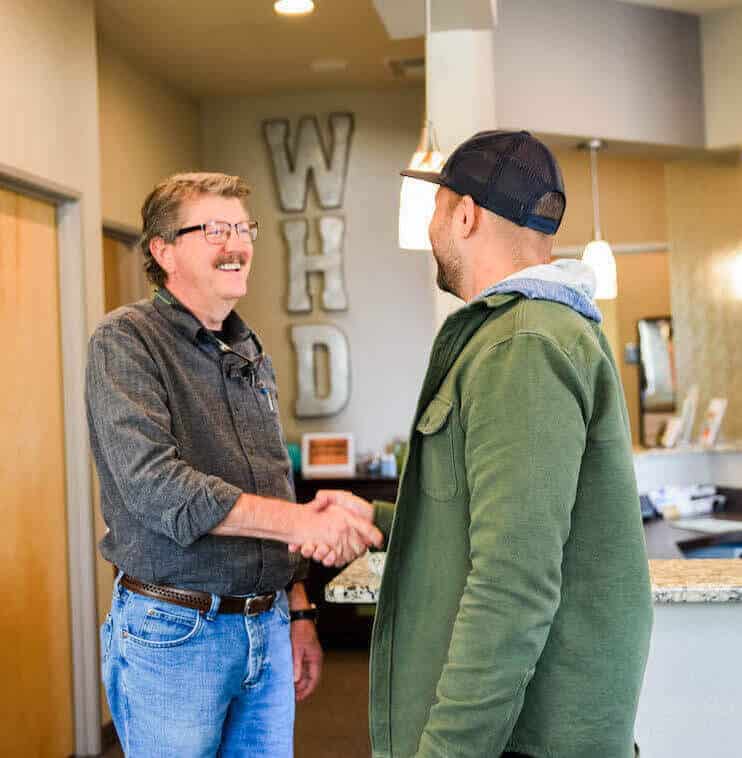How To Surprise and Delight Clients
In The Experience Maker, Dan Gingiss recounts the experience of visiting a restaurant on your birthday. You’re bound to get a dessert with candles as the staff sings, “Happy Birthday!” It’s a nice, expected gesture. But what if the server comes out with a sparkler instead of a candle? You feel extra special because of […]

In The Experience Maker, Dan Gingiss recounts the experience of visiting a restaurant on your birthday. You’re bound to get a dessert with candles as the staff sings, “Happy Birthday!” It’s a nice, expected gesture. But what if the server comes out with a sparkler instead of a candle? You feel extra special because of the unexpected touch on a common tradition. You were surprised and delighted.
What is ‘Surprise and Delight’?
Surprise and Delight” is at the core of the Pain-Free Dental Marketing culture. It refers to the little gestures that our team does to let our clients know that we’re paying attention, that we are thinking about them, and that we care. It’s not always complex, grand, or expensive.
As a marketing agency, our dental clients expect to get detailed weekly and monthly reports about how their accounts are doing. What they don’t expect, however, is to get a coffee mug sent to their new receptionist because she did a great job answering the phone recently. This isn’t just for dental marketing agencies. It’s for any company hoping to add value to their clients.
Let’s look at Surprise and Delight in action at our agency.
Pay Attention
There’s one doctor that we work with who himself is an incredible example of this principle. Every time Eric visits him, the doctor would ask about his family: “How is Emily doing? Where is she working now?” This might not seem like much, but this doctor has about 70 patients who he approaches in the same personable manner. How does he keep track of it all? Well, if you were to look on his computer, you’d see that he has a ‘notes’ section just for soft things.
Beyond simply tracking patients’ vital signs, he’s keeping up to speed on patients’ families, interests, and major life events. He has developed a systematic process of reading these notes to then be able to greet each patient with an added touch of warmth. It’s surprising because he’s showing interest in their personal lives. This is what makes the relationship more open. He’s turned the Surprise and Delight principle into a process that he can repeat 70 times a day.

Show You’re Thinking of Them
There are many ways our team members let clients know that they’re on our minds. Remembering a client’s birthday is coming up and sending them a birthday card. Learning that the front desk person had a baby and gifting her a diaper subscription. Celebrating that the client had a record month by sending them some delicious custom-made cookies to observe the milestone. Simply knowing that these things are happening and taking action is what makes a client know that we care about them. These aren’t expected things. If they’re expecting us to do it, it’s no longer a surprise.
Let Them Know You Care
Our co-founder, Andre, is known for remembering small details about clients, even those from years past. Recently, we went to visit a long-time client, and we were talking about journaling and fountain pens. A couple of days later, Andre, who had become something of a fountain pen aficionado as well, sent him his favorite fountain pen. To the client, such a thoughtful gift was a big deal. He thanked our team, and he remembers that moment.
We don’t say this to brag but to make a point: it’s not about marketing. It’s about creating a connection. What makes a company unique are the people, so we take time to add value to those relationships. Our business or agency isn’t for everyone. We work with people we enjoy working with who value our services, so as a natural extension of that, we want to build relationships with our clients. We don’t use “Surprise and Delight” to sustain clients but to interact meaningfully outside of the normal “transactional engagements” of business.

Surprise and Delight Pays Off
Getting feedback from our clients is really important to us. It helps us know what is working and what needs to change. Like any organization, we can sometimes lose our way. When we were a smaller company, Surprise and Delight was constantly on our minds. We talked to every client twice a week and asked for feedback. We would get 85% of our clients giving feedback. During the onset of the pandemic, client demands got increasingly high, and we all switched to remote work. As a result, our Surprise and Delight culture was pushed to the back burner. We were just so busy doing our jobs to the best of our abilities. At this point, when we asked for feedback, only 20% of clients gave feedback. What was the cause of such a discrepancy?
It might seem like a silly metric, but a client’s willingness to leave give feedback is a huge indicator of the strength of a connection. If I ask a client for feedback and it’s not important enough for them to even consider responding, their apathy in itself is an answer. They are just paying to get a job done. But when people truly are pleased, they want to give honest and sincere praise.
According to our co-founder, Eric, who grew up in the middle of Oklahoma, one of the worst things you could say to someone is, “Don’t do me any favors.” It is a way to signify one’s complete disregard or disinterest in someone else. In other words, “I don’t even want you to do anything for me.” Apathy kills you more than anything else in customer service. Surprise and Delight is an apathy repellant.
The Cost of Surprise and Delight
We’ve mentioned that Surprise and Delight doesn’t have to be expensive or even monetary. It can be as simple as a quick check-in with the client on an achievement: “I noticed that your paid ads are performing better this week. How are you feeling?” This would be an unprompted call, not an “I’m going to run you through a whole marketing report” call. Another example- If they have a passion for woodworking, we’d send them an article we came across about it.
We’ve also sent a quick text message to a dentist praising their new front desk person for doing a great job with booking appointments and being friendly. A kind word costs nothing. The goal is to let them know that you’re thinking about them when they aren’t there. It’s about creating a feeling, and that doesn’t necessarily have to break the bank.
With that said, sometimes it does cost money to show a client that we care about them. In general, if it’s under $100, any team member can do something for a client without requiring approval. We are fine sending a client a big-ticket item if the occasion calls for it because we want to invest in whatever is a genuine display of attention and appreciation.
We’ve done everything from giving a receptionist a cradle to a year’s supply of diapers because the clients were champions of our agency, and we enjoyed working with them. But don’t forget, it’s not about the dollar amount. A $1,000 gift card to a dentist we don’t have a relationship with won’t be effective. Sure, they may enjoy the money, but it’s not building a relationship. Surprise and Delight, at its core, is about knowing what’s important to them and connecting about that.
Conclusion
Think of an engagement you have with purchasing anything from a car to checking out at Target. You always remember when the sales representative goes above and beyond to ensure you’re happy and makes you feel like they have your best interest at heart. Amazing customer service leaves a mark. When you get exactly what you pay for, that’s not Surprise and Delight. When someone knows and cares about you, and they do something a little extra, that’s when you feel special. Surprise and delight is about creating those amazing experiences because it shows we care about our clients. If you’d like to work with a dental marketing agency that has a culture of caring for their client both in and outside of the office, get in touch with us today.